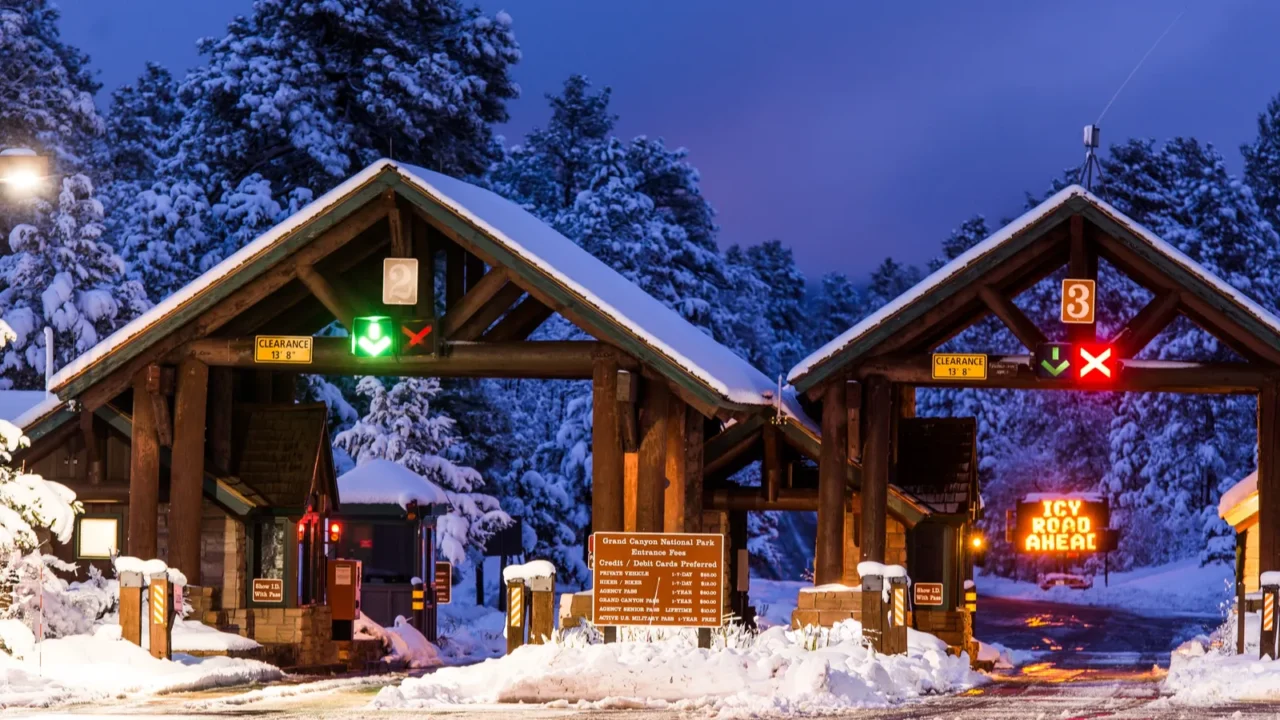
National parks at a crossroads
America’s national parks are bracing for one of their busiest years in history. From the snowcapped Rockies to the sunbaked deserts of Arizona, more travelers than ever are heading into the wild. This surge promises unforgettable experiences but also new challenges.
With visitation already setting records, park leaders are rethinking how to balance access and preservation. For visitors, it means planning and understanding the changing landscape of outdoor travel in 2025.
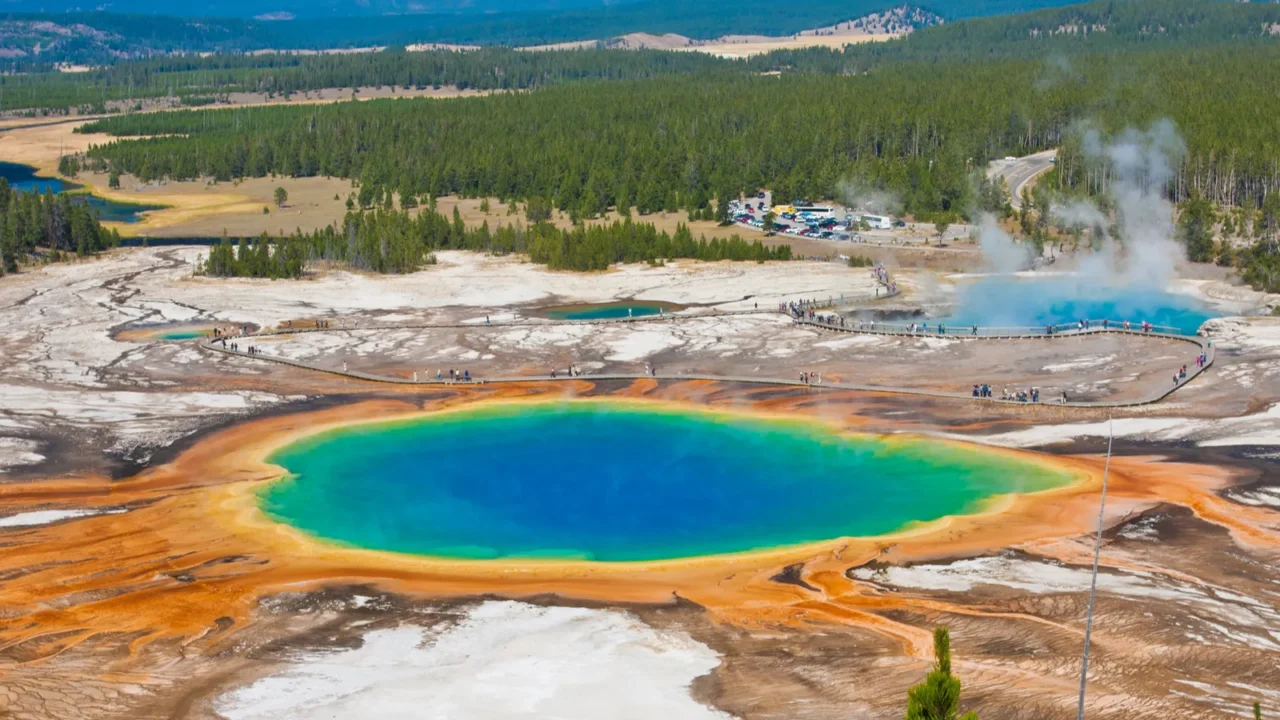
Record breaking crowds
The National Park Service recorded over 325 million recreation visits last year, marking one of the busiest years since 2016. For comparison, that is nearly the entire population of the United States walking through park gates in a single year.
This rise signals a powerful shift in how Americans spend their leisure time. Families, solo travelers, and international visitors are all making national parks their go-to destinations, transforming quiet valleys and trails into bustling areas.
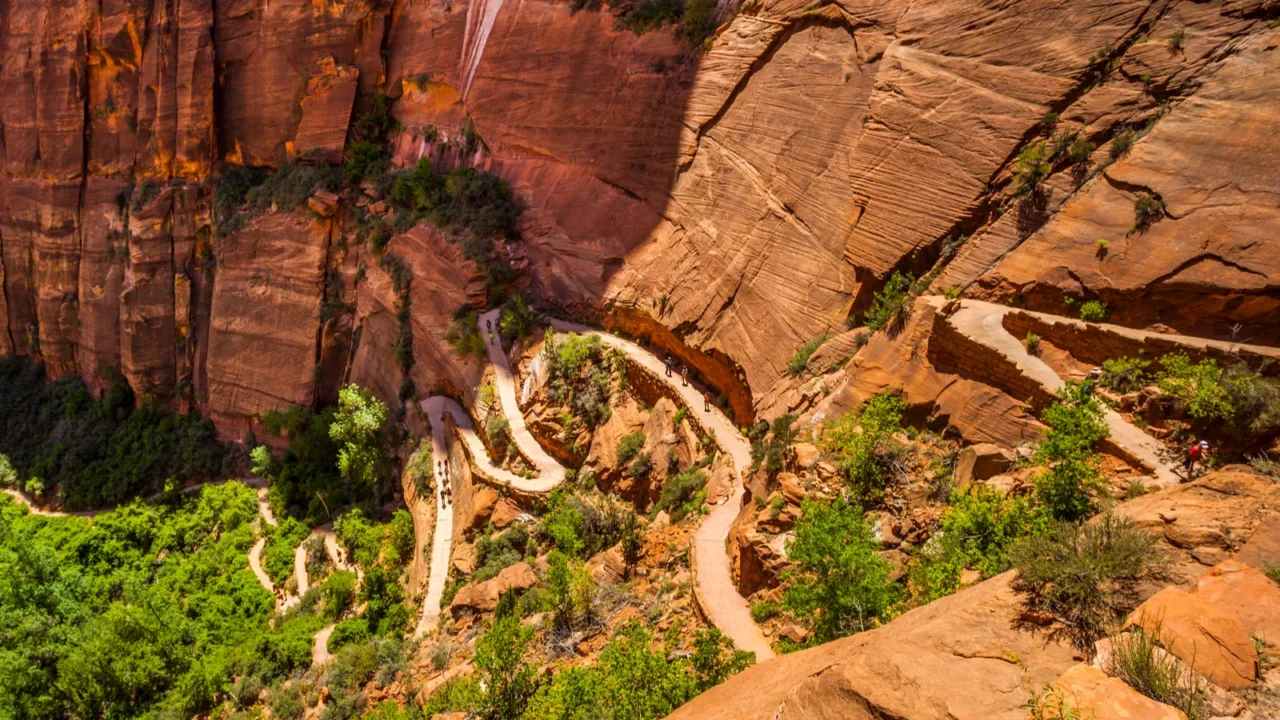
What fuels the rush
A mix of factors explains why crowds are surging. Travelers are leaning toward local adventures, choosing natural beauty over expensive international trips. Social media also plays a role as viral photos of dramatic overlooks or remote waterfalls inspire bucket-list visits.
Another driver is changing travel patterns. Many visitors are now exploring during spring or fall, spreading visitation beyond the traditional summer season. This trend is helping some parks stay busy year-round instead of just a few peak months.
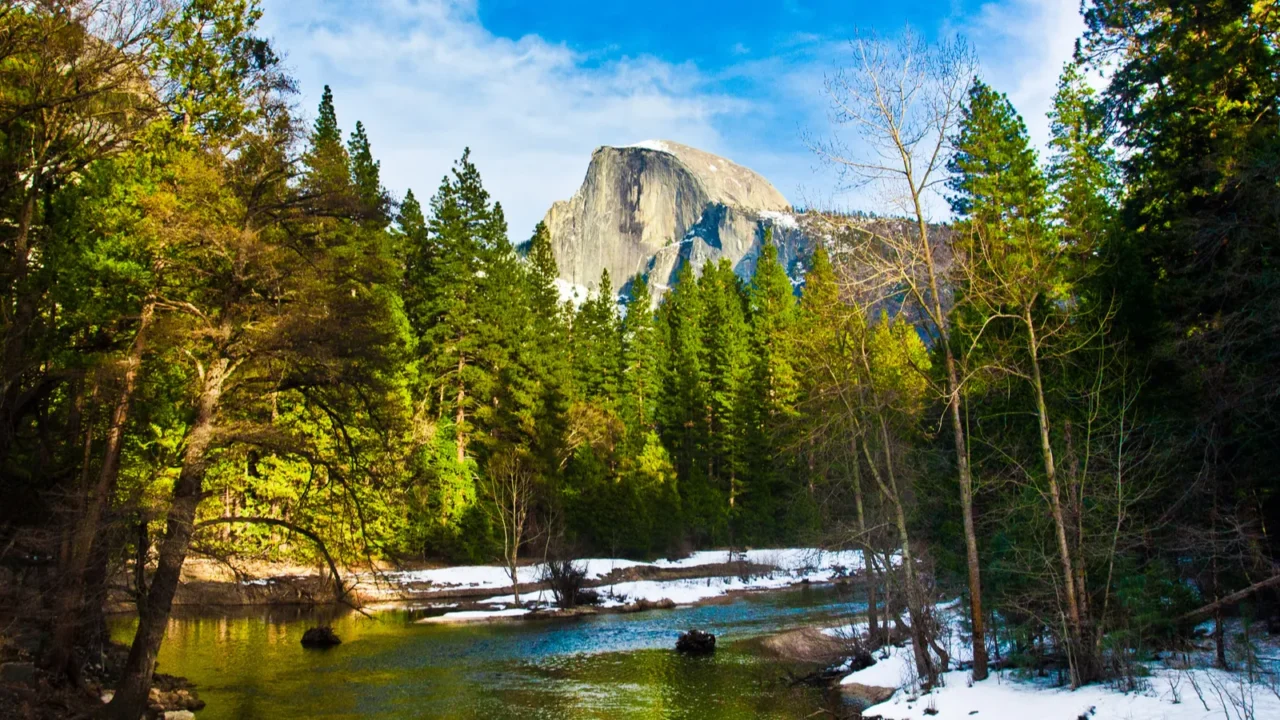
Yosemite under pressure
Yosemite National Park has seen a steady climb in visitors, reaching nearly three million through August this year. Traffic backups, full parking lots, and crowded trails reveal both its enduring appeal and its modern challenges.
To keep experiences enjoyable, the park has reintroduced a timed-entry system on peak days. The approach has eased congestion while giving travelers a smoother journey, though it requires more planning than spontaneous road trips of the past.
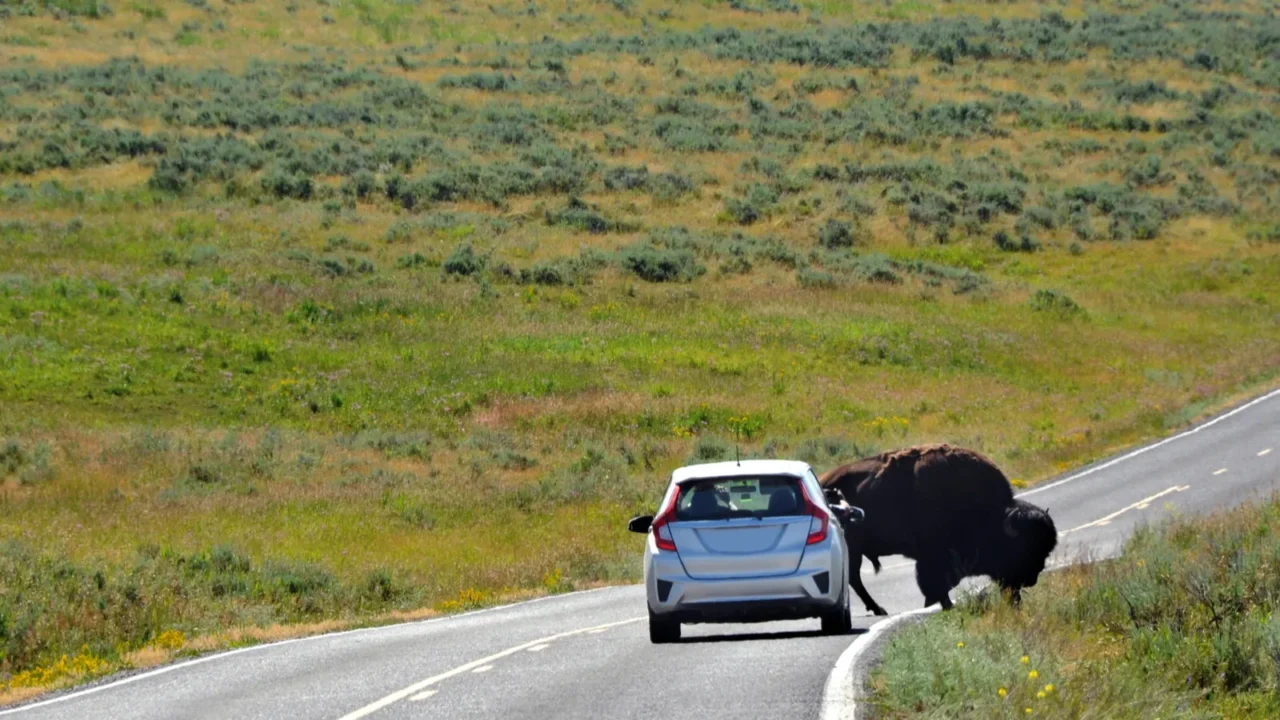
Yellowstone keeps climbing
Yellowstone, America’s first national park, continues to draw massive numbers. More than two and a half million people arrived by midyear, a rise over the same period last season. Each month adds fresh layers of strain and reward for both the park and its guests.
From erupting geysers to roaming bison, Yellowstone’s iconic landscapes remain irresistible. Yet increased visitation means travelers must navigate more limited parking, higher lodging demand, and longer waits at some of its famous attractions.
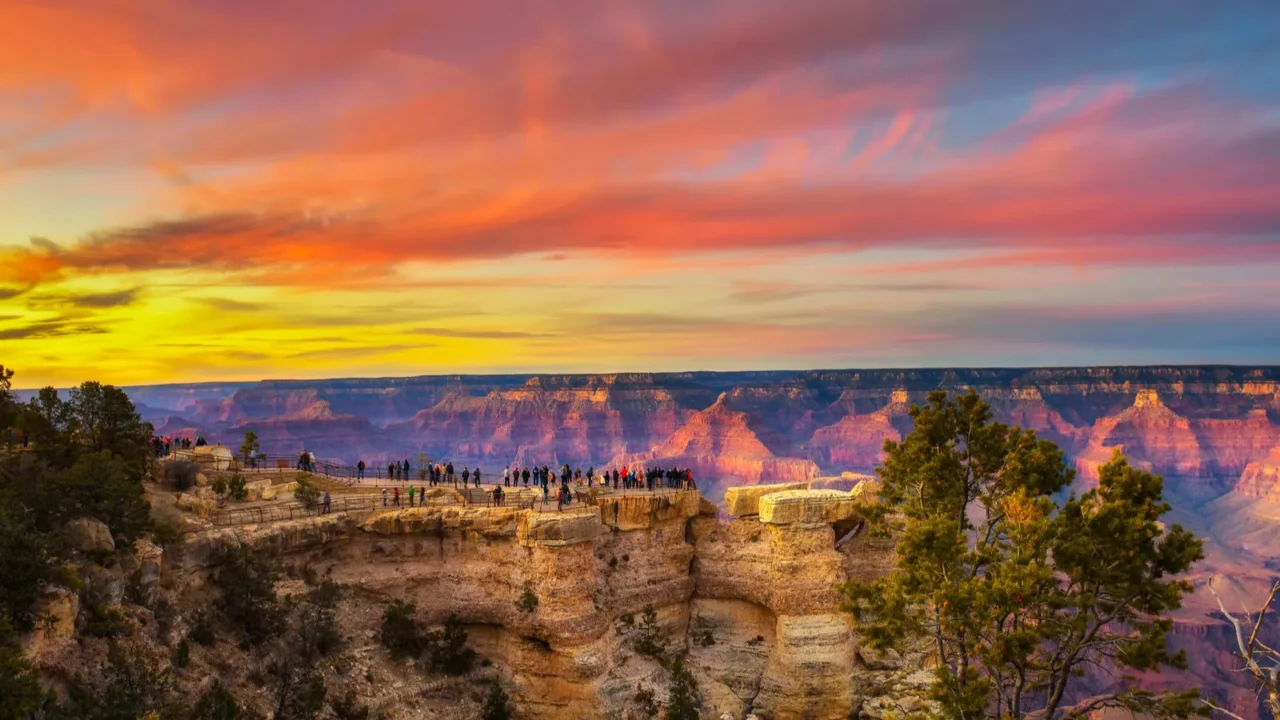
The big three parks
The Great Smoky Mountains, Grand Canyon, and Zion dominate the national park charts. Together, they welcome tens of millions annually, anchoring the list of America’s most visited sites. Their beauty is undeniable, but their popularity pushes management strategies to the limit.
For many visitors, these parks represent the essence of the American wilderness. The challenge is ensuring that first-time guests still find the sense of wonder amid long shuttle lines, crowded viewpoints, and busy campgrounds.
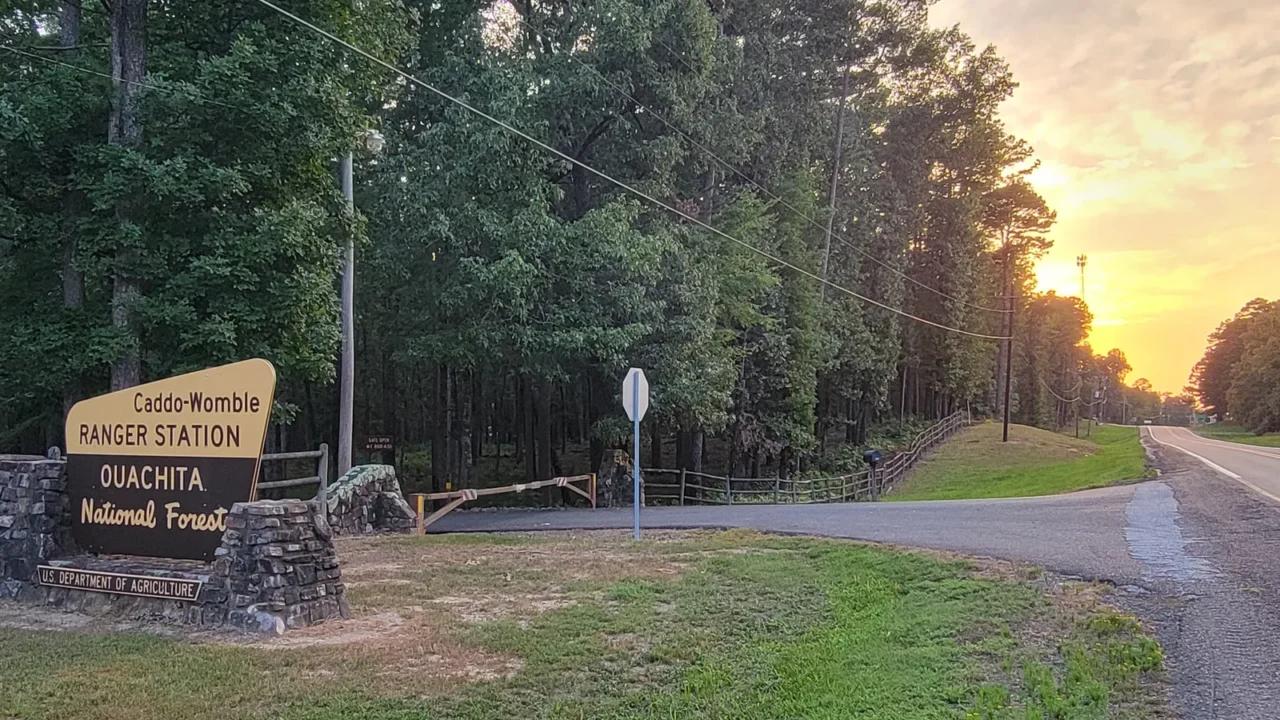
Staffing on the decline
Despite soaring attendance, many parks face staffing cuts. Budget restrictions have left fewer rangers in visitor centers, fewer naturalists leading programs, and slower response times when emergencies arise. The gap between demand and capacity grows wider each year.
This means travelers may see shorter operating hours or closed campgrounds, even when demand is high. Visitors will need to adapt by being more self-reliant and prepared, while parks push for new funding solutions.
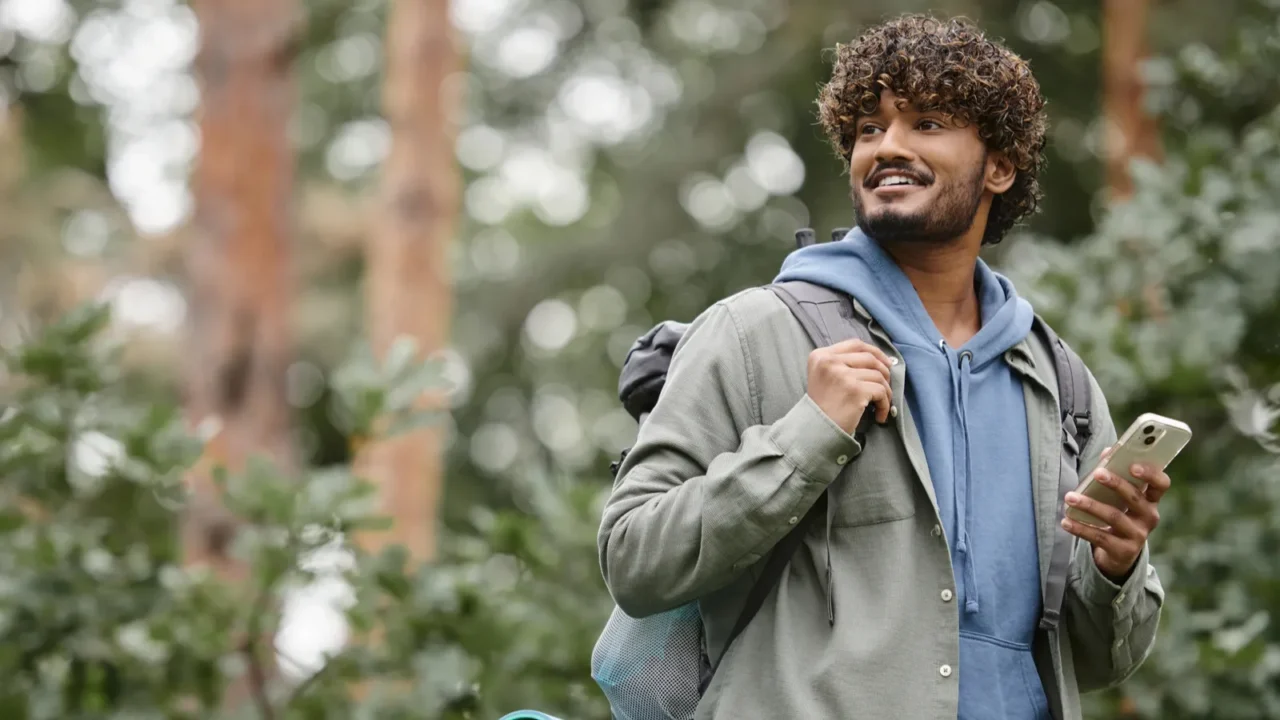
Reservations become the norm
The days of rolling into a national park on a whim are fading. More parks now require reservations for entry, camping, or popular trails. This change has stirred debate among travelers who value spontaneity.
Supporters argue that reservations prevent gridlock and protect fragile landscapes. Critics say it places extra barriers between people and nature. Either way, timed entry systems and lottery permits are becoming part of the new normal in national park travel.
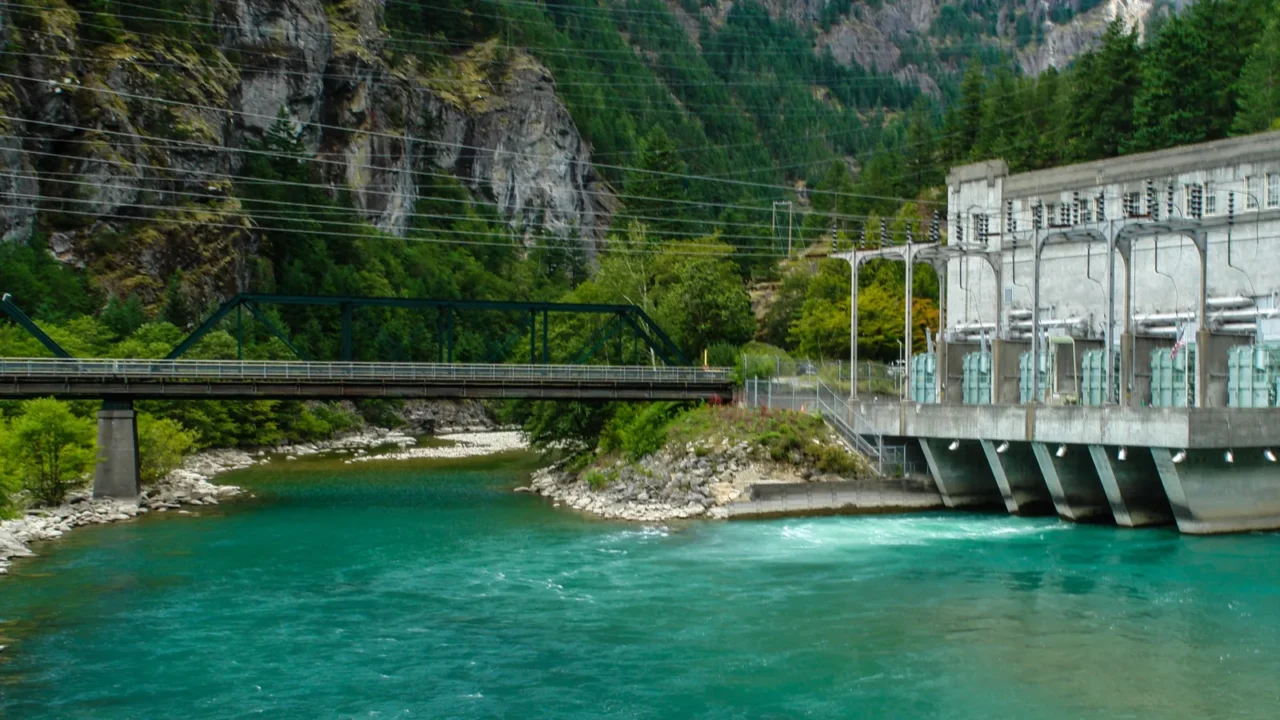
Lesser known escapes
For those craving solitude, hidden gems are waiting. North Cascades in Washington saw fewer than twenty thousand visitors last year, making it one of the least-visited parks in the country. Its alpine lakes and rugged peaks offer a rare sense of seclusion.
On the other side of the country, Pictured Rocks National Lakeshore delivers dramatic sandstone cliffs and waterfalls with far smaller crowds. Exploring these quieter spots gives travelers a chance to reconnect with nature in peace.
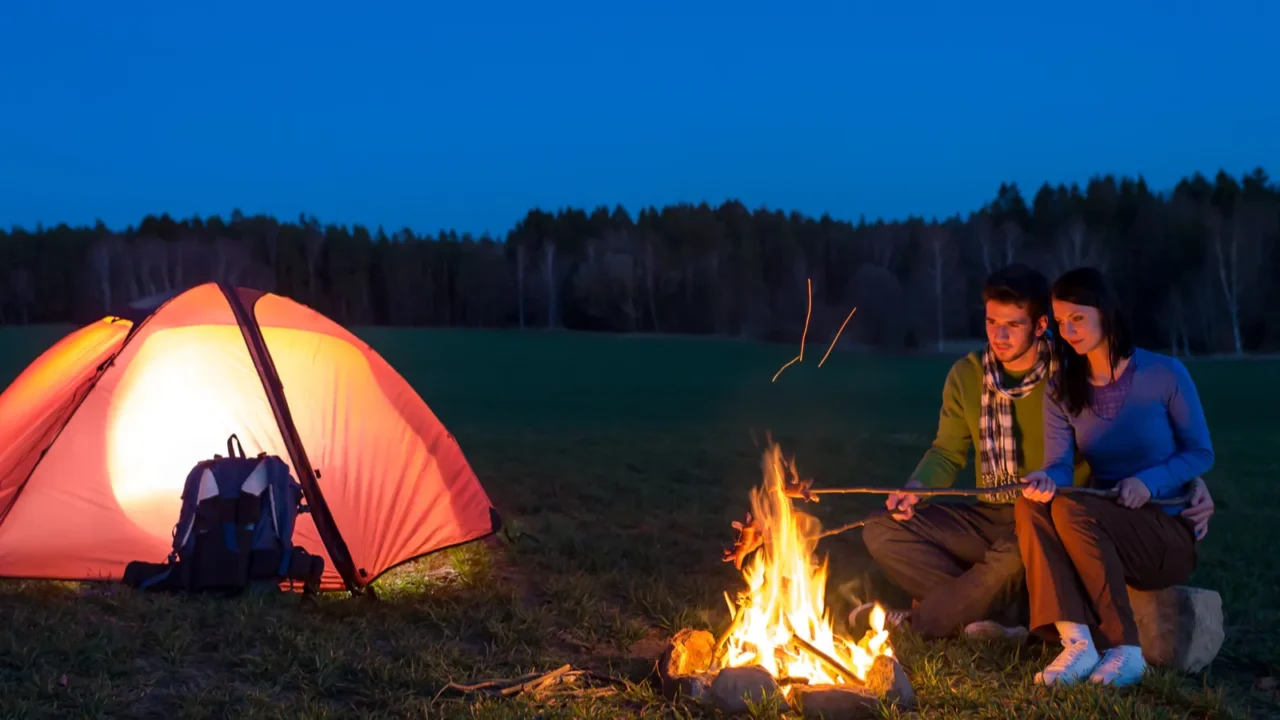
Smart planning pays off
With record attendance, a last-minute trip is risky. Reservations may be booked months ahead, and services can sell out quickly. Travelers are learning that research is as essential as hiking boots when it comes to enjoying national parks today.
Visiting during the shoulder seasons, spring and autumn, can also reduce stress. The weather is still inviting, but trails are less packed and parking is easier. A thoughtful plan is now the best tool for a successful adventure.
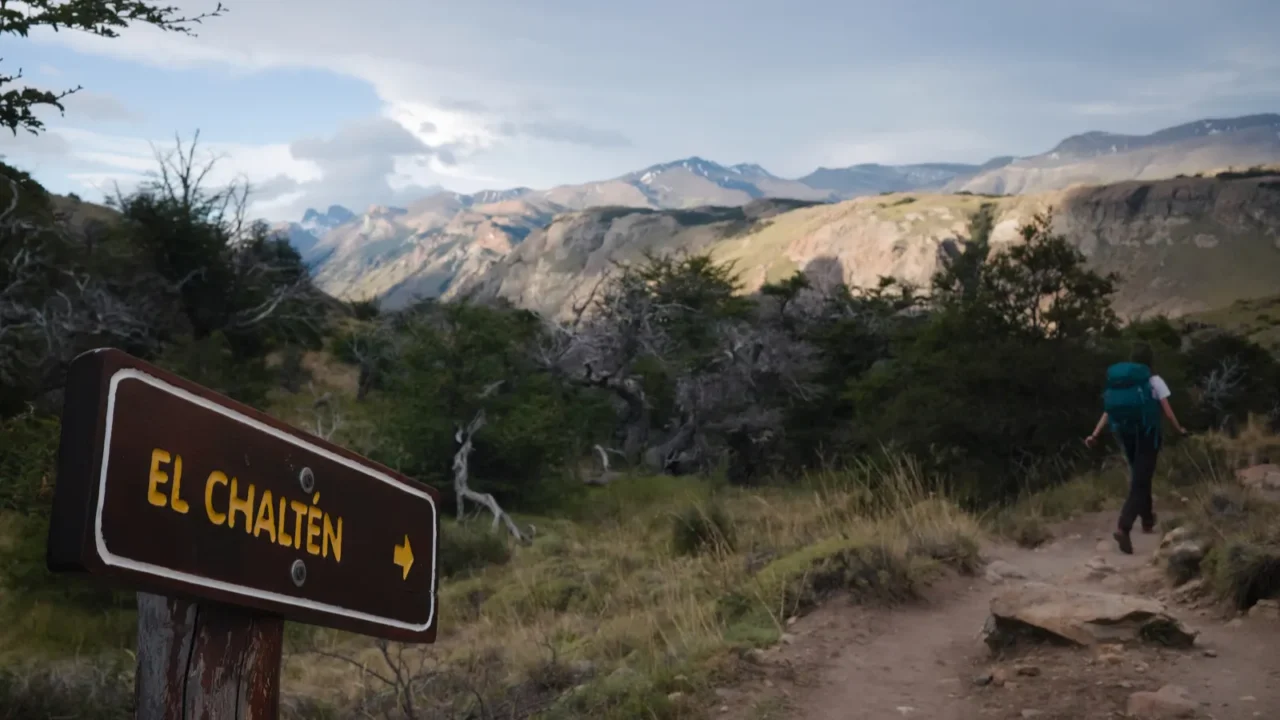
Protecting fragile beauty
Every extra footstep carries a footprint. Staying on marked trails, packing out trash, and respecting wildlife distances may seem like small acts, but multiplied across millions of visitors, they become critical. Conservation is no longer optional; it is essential.
When visitors follow these practices, they preserve both landscapes and experiences for generations. National parks are resilient but not indestructible, and human carelessness can undo centuries of natural balance in just a few years.
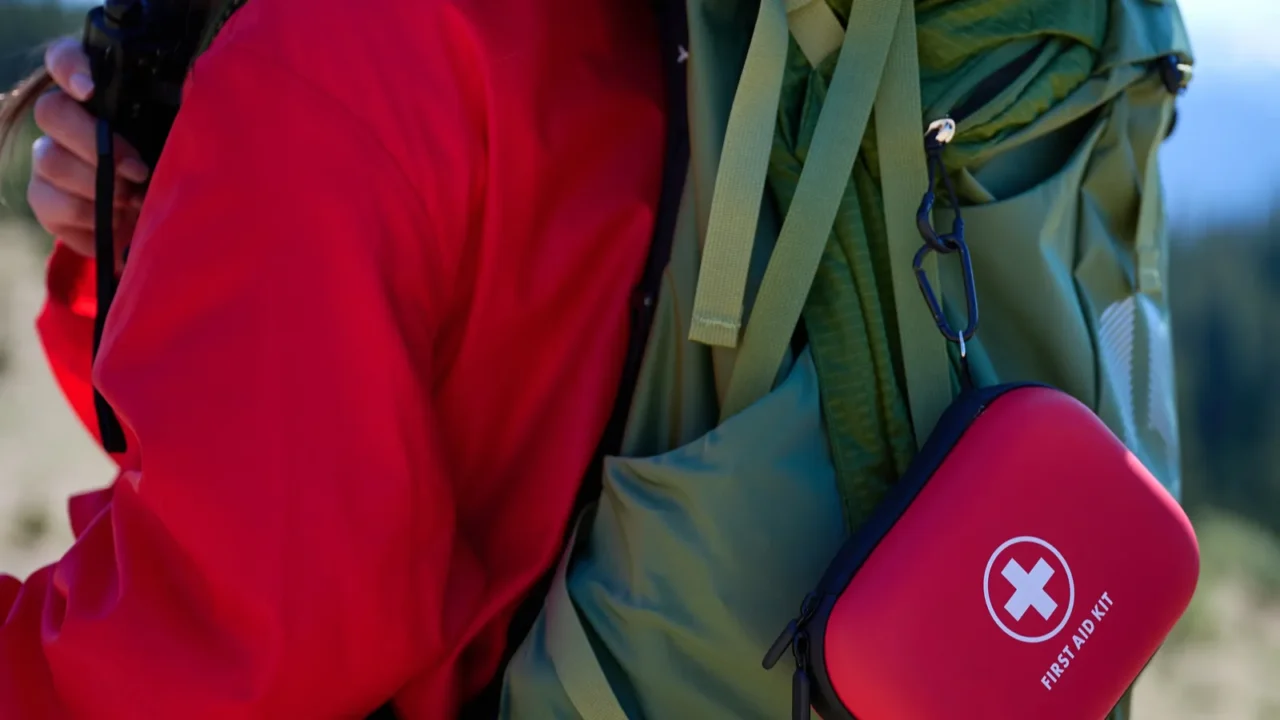
Safety matters more than ever
Crowded trails and strained services increase risks for unprepared travelers. Delayed emergency response and unpredictable conditions demand self-sufficiency. Carrying maps, water, and first-aid supplies is more important than ever.
Wildfires, sudden storms, and shifting wildlife patterns are reminders that nature commands respect. Visitors who plan with safety in mind not only protect themselves but also reduce the burden on already stretched park resources.
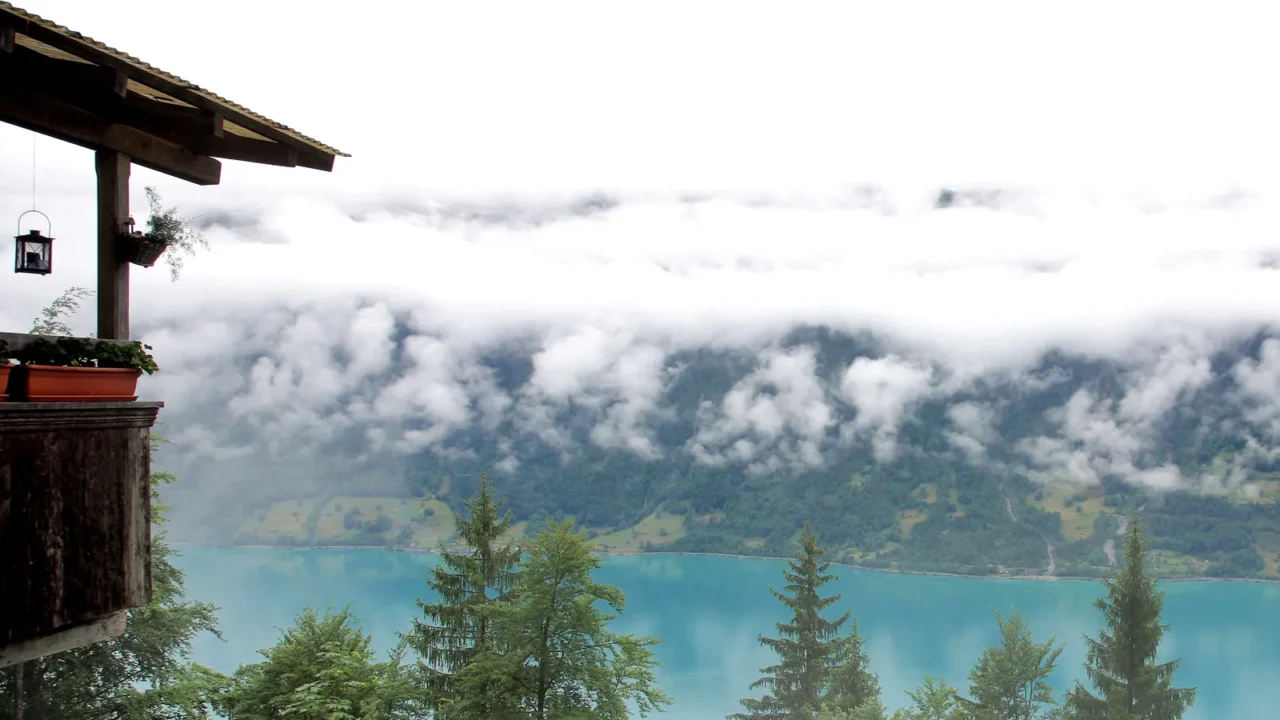
Boosting local economies
The record crowds are a mixed blessing for communities surrounding parks. Gateway towns thrive on tourism, with hotels, diners, and outfitters filled during peak months. Jobs and local tax revenue soar with every visitor.
Yet this growth can also overwhelm housing, infrastructure, and daily life for residents. Balancing visitor dollars with community needs is an ongoing challenge. Parks and towns must work together to ensure sustainable success for both sides.
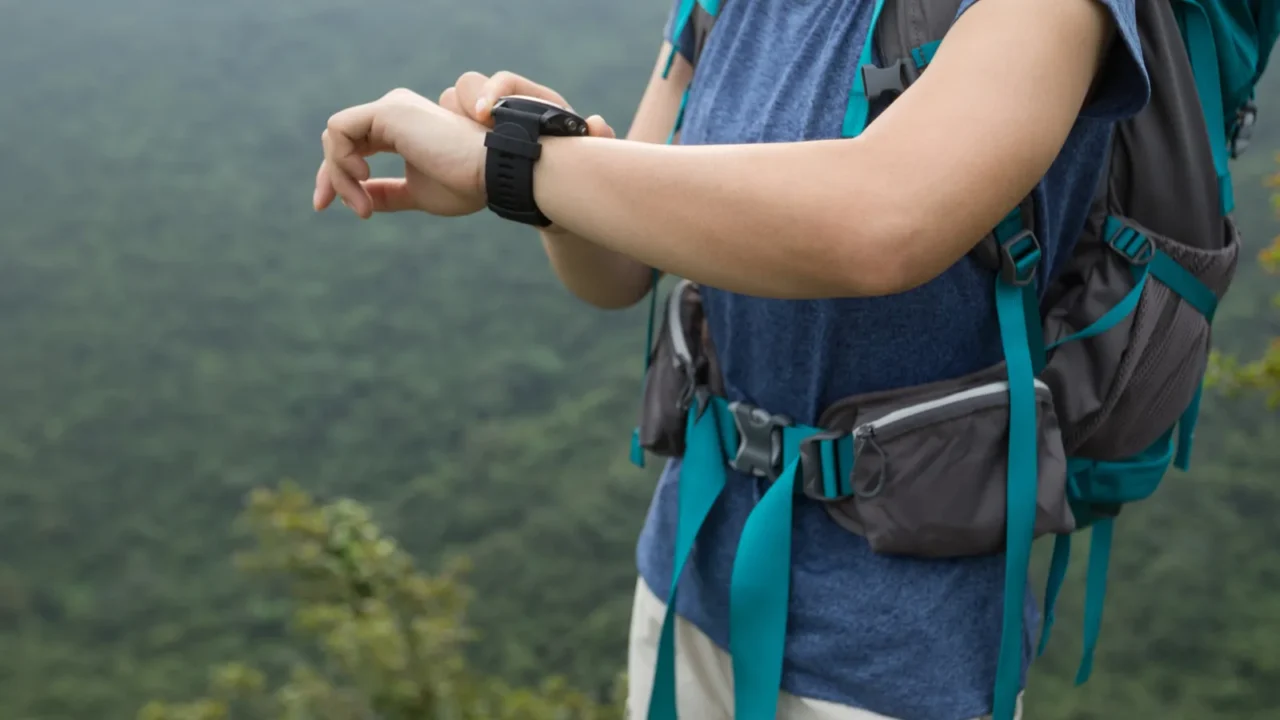
Innovation on the horizon
National parks are experimenting with technology and new ideas to handle growth. Mobile apps now update trail conditions in real time, while digital passes reduce wait times at entrances. Some parks are even testing virtual experiences to ease the crush.
These tools reflect a bigger shift toward modernization. The challenge is maintaining the authenticity of a park visit while embracing solutions that make exploration safer, smoother, and more sustainable.

The visitor’s responsibility
Travelers play a critical role in shaping the future of parks. By respecting rules, planning thoughtfully, and sharing responsibly, each visitor can lighten the impact of massive crowds. Choosing lesser-known trails or traveling during off-peak times can make a big difference, and guides like how to explore U.S. National Parks without the crowds offer practical ways to do just that.
Beyond personal actions, visitors can support conservation groups and policies that protect wild spaces. In this way, tourists become stewards and ensure that America’s parks remain unspoiled sanctuaries, not just for themselves but for future generations.
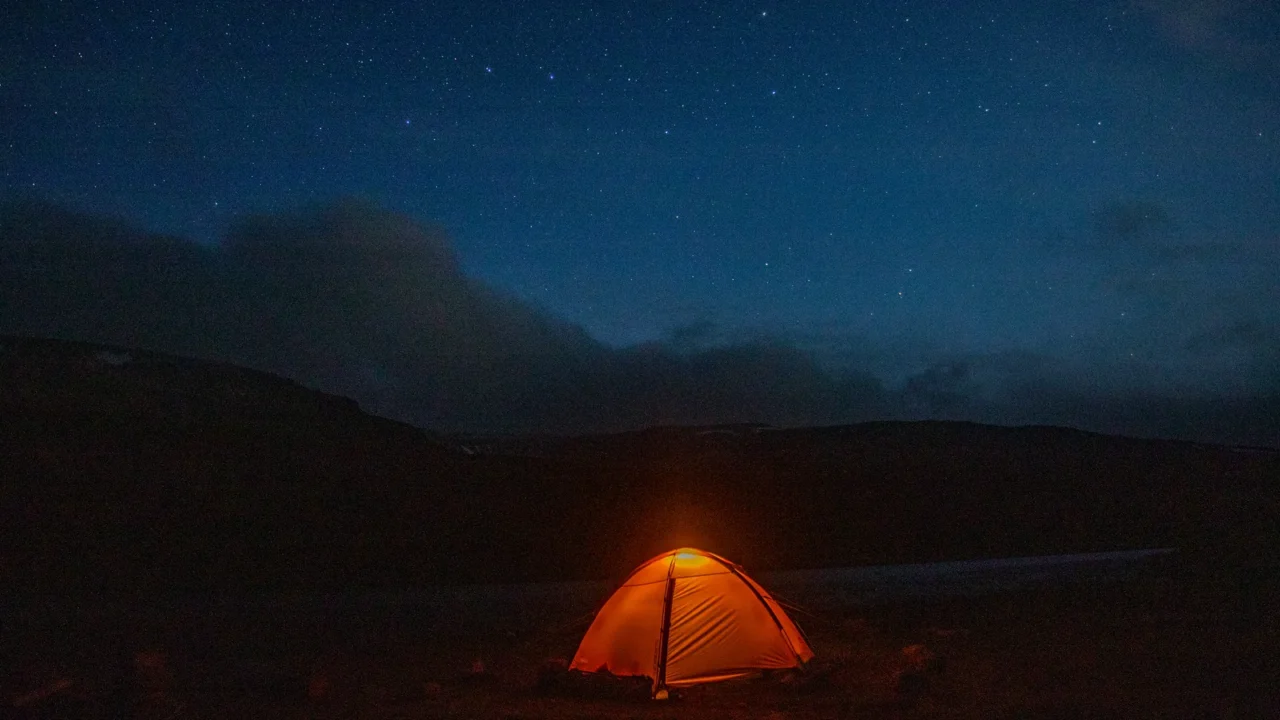
Adventure awaits
National parks are entering a new era. Crowds are larger, systems are changing, and challenges are mounting. Yet the call of wild landscapes remains as strong as ever. For those searching for inspiration beyond the usual hotspots, America’s most breathtaking national trails to explore in 2025 highlight journeys that capture the spirit of adventure.
With preparation and respect, travelers can find unforgettable experiences in America’s natural treasures. From sunrise over the canyon rim to starlight in alpine meadows, adventure still waits for those ready to step into the wild.
Which national park is on your must-visit list this year?
Read More From This Brand:
- Southwest Airlines sparks debate with new plus-size seating rule (fair or discriminatory?)
- How Gen-Z is redefining fall travel right now
- The rise of expedition cruises in Alaska and Antarctica
Don’t forget to follow us for more exclusive content right here on MSN.
This slideshow was made with AI assistance and human editing.